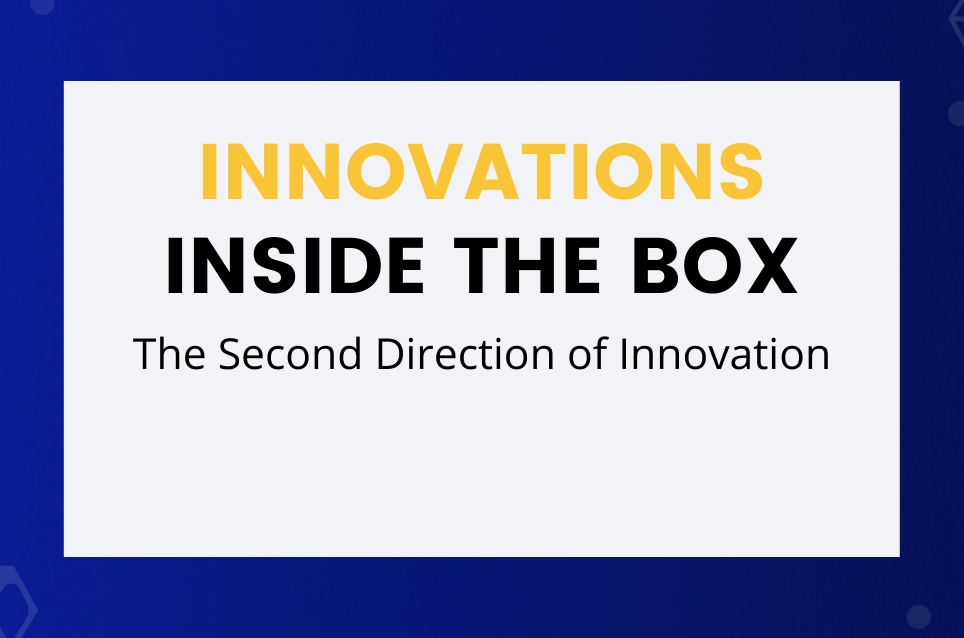Innovation is the process of taking an idea and putting it into practice. Creativity, on the other hand, is what you do in your head to generate the idea, an idea that meets three criteria: an innovative idea must be new, useful, and surprising. New means that no one else has done it before. Useful means that it delivers some new value for you or your customers. And surprising? It means that the market will be delighted with your latest innovation.
Most people think the way you create an idea is to start with a well-formed problem and then brainstorm a solution to it. What if you turned that around 180 degrees? It sounds counter-intuitive, but you really can innovate by starting with the solution and then work backwards to the problem.
In the Systematic Inventive Thinking method, we call it the Function Follows Form Principle. Here’s how it works. First, you start with an existing situation. That situation can be a product, it can be a service, or perhaps a process. You take that item, and you make a list of its components and attributes.
Then you apply one of the five thinking tools. They’re called subtraction, division, multiplication, task unification, and attribute dependency. I know some of these sound mathematical, but they’re really not, as you’ll see when you start applying them.
When you apply one of the five tools to the existing situation, you artificially change it. It morphs into something that, at first, might seem really weird or absurd. That’s perfectly normal. In fact, as you get more comfortable with this method, you’ll come to expect it. We consider the strange thing a virtual product. It doesn’t really exist except in one place, right up here in your mind.
This step is really important. Take your time. You have to mentally define and visualize the virtual product. I like to close my eyes and mentally see an image of the item once it’s been manipulated. As you practice the method more, this will get a lot easier.
At this stage, you ask yourself two questions, and you do it in this specific order. The first question is, “Should we do it?” Does this new configuration create any advantage or solve some problem? Is there a target audience who would find this beneficial? Does it deliver an unmet need? We call this step the market filter. It’s a filter because if you cannot identify even the tiniest benefit at this step, you throw the concept out the window. You don’t waste any more time on it. This is very different than other ideation techniques like brainstorming, where “there’s no bad idea.” Trust me, there are plenty of bad ideas, and if you realize one here, you eject it and go back and reapply the tool to generate a different concept.
If you do identify some benefit, then and only then do you ask yourself the second question, “Can we do it?” Do we have the technical know-how to make this concept? Is it feasible? Do we have the intellectual property? Are there regulatory or legal barriers? This step is the implementation filter because once again, if you have a great idea in theory but no way to make it, don’t waste any more time on it.
If you pass through both filters, you move on to the adaptation step, where you allow yourself some degree of freedom to modify the concept to make it even stronger and deliver even more value. You may have to iterate through these steps several times before you end up with what I would consider an idea.
To be a great innovator, you need to be a “two way” innovator. Learning the Function Follows Form process will help you do just that.





